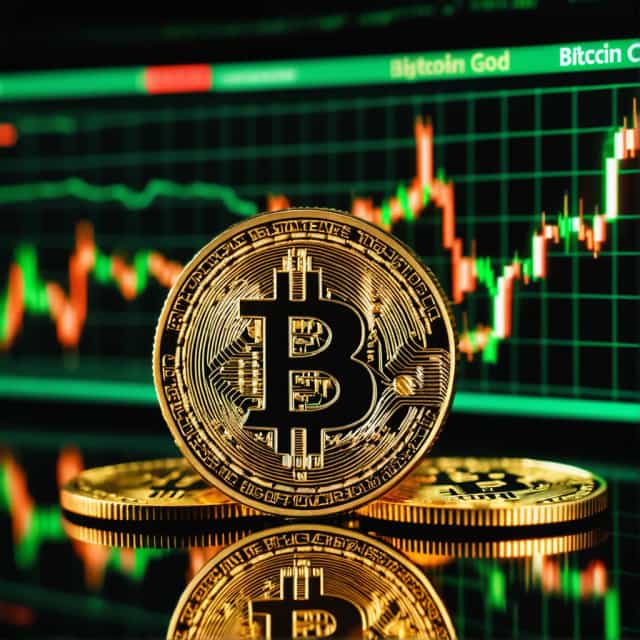
Image source: Block Media
South Korea Stablecoin Transactions Hit Record Levels, Prompting Calls for Regulatory Reform
The digital asset ecosystem in South Korea is undergoing significant transformation, driven by the surging popularity of stablecoins. Acting as a cornerstone for transactions, these dollar-pegged digital currencies play an increasingly crucial role in the market. In 2023 alone, stablecoin transaction volumes through major domestic exchanges soared to KRW 63 trillion ($46.5 billion), emphasizing the sector's explosive growth. Experts argue that this unprecedented expansion makes establishing a robust regulatory framework not just necessary but urgent.
Stablecoin Transaction Volumes Surge in South Korea
Data from the Financial Supervisory Service, disclosed on October 6 by Representative Choo Kyung-ho of the National Assembly’s Political Affairs Committee, highlights the growing importance of stablecoins in South Korea's financial landscape. Between January and August 2023, outflows of U.S. dollar-based stablecoins—such as Tether (USDT), USD Coin (USDC), and TrueUSD (TUSD)—processed by five leading exchanges (Upbit, Bithumb, Coinone, Korbit, and GOPAX) reached KRW 63.2 trillion. Inflows marginally surpassed this, hitting KRW 63.4 trillion. This represents a 30% increase compared to the KRW 47 trillion transacted in all of 2022.
Additionally, as of late August 2023, stablecoin balances held by these exchanges stood at $365.41 million (approximately KRW 4.9 trillion), marking a 121% year-on-year increase. However, it is worth noting that this figure accounts only for stablecoins stored by exchanges and excludes holdings in individual wallets.
Growing Applications Driving Stablecoin Adoption
Market analysts point to a diversification of use cases as the key driver behind the surging stablecoin adoption. While initially used primarily for investment, stablecoins are increasingly leveraged for cross-border remittance, payment settlements, and liquidity management. According to Lee Jung-doo, Senior Research Fellow at the Korea Institute of Finance, much of this growth is fueled by demand for offshore transactions and international money transfers.
Lee emphasized the need for corresponding foreign exchange regulations to effectively oversee these evolving functions: “The domestic stablecoin market is heavily influenced by its use in offshore transactions and remittances. Regulatory bodies must implement foreign exchange measures tailored to their payment utility and ensure robust enforcement.”
Policymakers Mull Domestic Stablecoin and Regulatory Measures
The South Korean government and its ruling party are actively deliberating regulatory reforms through their Digital Asset Task Force to address the evolving stablecoin landscape. Key measures under consideration include:
- Issuing a Korea-specific stablecoin: A digital asset pegged to the local currency (KRW) to strengthen domestic market control.
- Monitoring systems: Tracking capital flows associated with stablecoin transactions to enhance oversight.
- Distribution management: Regulating the domestic structures that facilitate stablecoin circulation.
Despite these proactive discussions, industry stakeholders caution that the rapid market expansion has outpaced policymaking efforts. One industry executive warned, “Without clear guidelines and comprehensive regulatory systems, South Korea risks falling behind in the global competition surrounding digital assets.”
Legislative Action Becoming a National Priority
Representative Choo Kyung-ho has underscored the urgency of advancing legislative discussions related to stablecoins. He stated, “Given the rapid growth of the stablecoin market, it is critical to establish the corresponding legal framework. Strengthening institutional foundations will improve both transparency and stability within the market.”
With stablecoin transactions in South Korea reaching record levels, lawmakers face the challenging task of striking a balance between promoting innovation and ensuring regulatory oversight. The nation’s ability to foster sustainable growth while maintaining global competitiveness in the digital asset market will hinge on the effectiveness of future regulations.
As demand for these digital currencies continues to expand, both policymakers and industry insiders recognize the need for a collaborative approach to secure the market's long-term stability and success. South Korea stands at a critical juncture—a leader in the adoption of stablecoins, but also keenly aware of the risks of inadequate oversight in a rapidly evolving global landscape.










